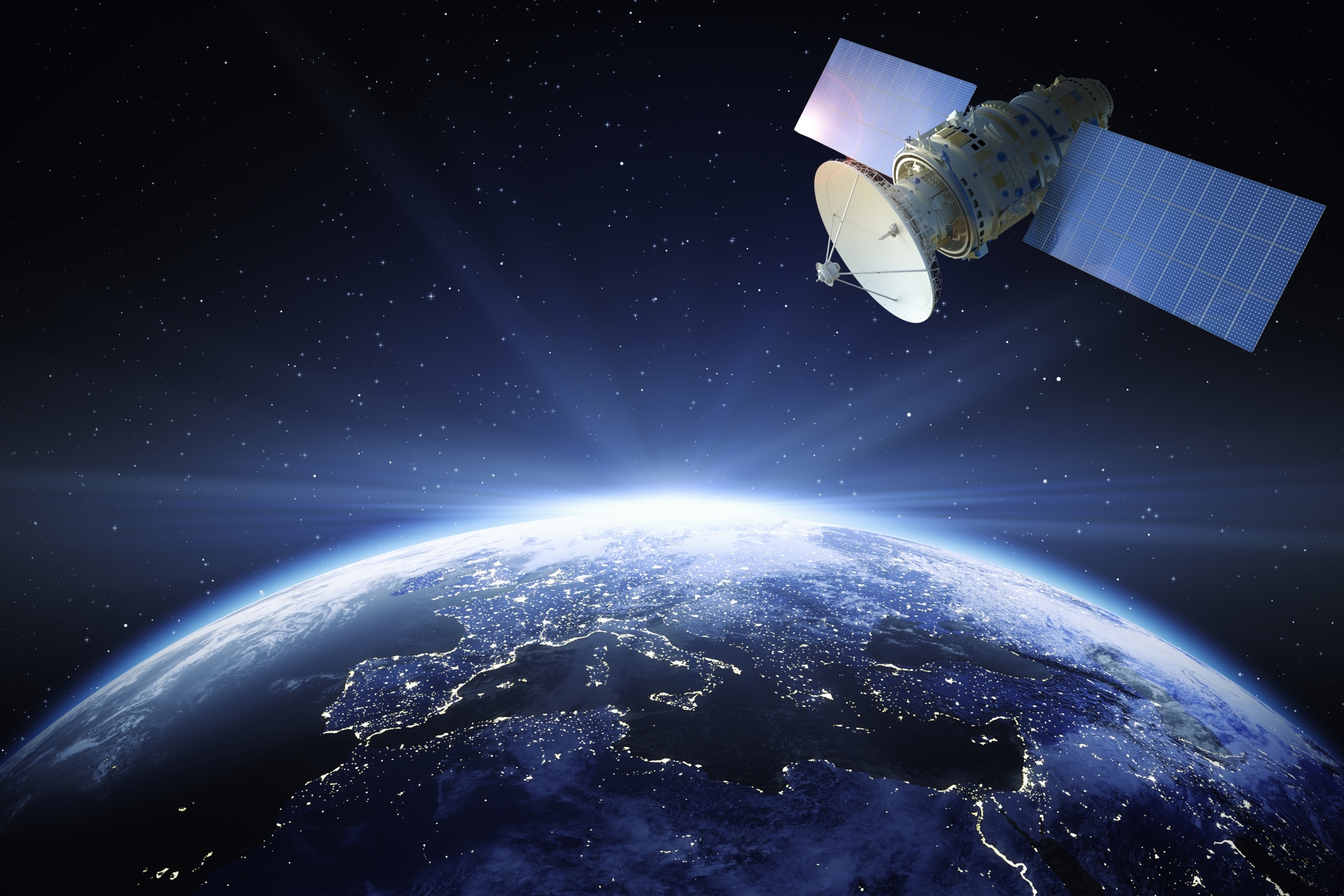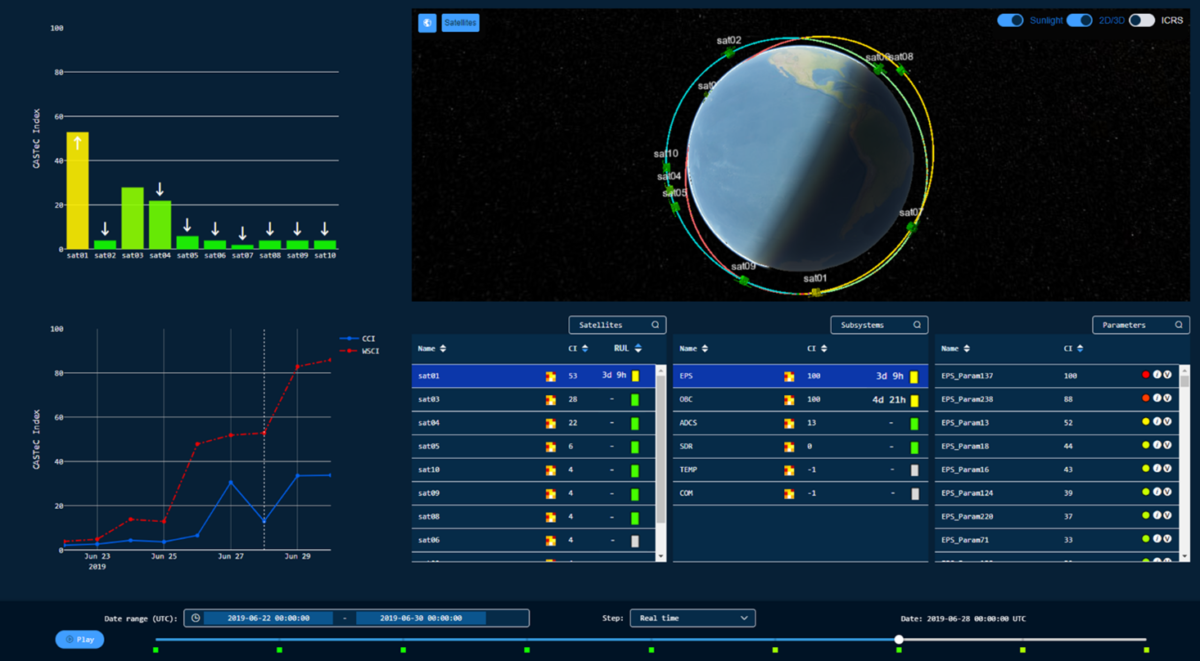How to extend the lifespan of satellites and enabling cost efficiency through AI software

AI investment is booming globally, ESA is helping drive the ongoing transformation, enabled by technological innovations in the satellite telecommunication operations, through strategic research and development activities. A recent example is the Context Aware Spacecraft Telemetry Checking (CASTeC) platform, developed through ESA’s Advanced Research in Telecommunications Systems’ (ARTES) Competitiveness & Growth programme.
The project, undertaken by Italian companies, S.A.T.E SRL in collaboration with Planetek Italia and with support from the Italian Space Agency, addresses emerging challenges in satellite constellation management. As the number of satellites in orbit increases, traditional monitoring methods have become less effective. The CASTeC software, which acts as a service platform, provides a more sophisticated approach to spacecraft health management with the use of AI. The platform operates as an add-on functionality to mission control software, offering advanced capabilities for monitoring and predicting satellite performance.
The platform's key technical achievements include the use of AI to achieve context-aware anomaly detection, predictive health monitoring of complex satellite systems. Specifically, the technology can detect early symptoms of faults, support troubleshooting and diagnostic operations, and estimate the remaining useful life of satellite components.

For satellite operators, the platform offers significant practical benefit: it automates complex monitoring tasks, enabling operators to concentrate on strategic decision-making and high-value activities, while leading to a cost-efficient practice. Investment in AI technologies are equipping ESA and Europe’s space industry to do more, supporting major critical services across different domains such as transport, energy, food supply, health, and public safety. SATE have leveraged their experience through the CASTeC project to establish new collaborations with European partners, supporting predictive health status monitoring and prognostics.
“The CASTeC project showcases how ESA is enabling new and innovative technologies through the adoption of AI. By funding research that bridges technological gaps, the ARTES Competitiveness & Growth programme is supporting emerging space companies to create, develop and mature critical technologies across Europe,” said Sanna Sandberg, Ground Segment Engineer for cloud and AI solutions at ESA’s Connectivity and Secure Communications directorate.
“Adopting emerging technologies such as AI is critical to maintaining and increasing Europe’s competitiveness not only in space, but across all ecosystems.” said ESA’s Acting Head of Ground Segment, part of the Connectivity and Secure Communications directorate, Ilias Panagiotopoulos.
"At SATE we are highly motivated to contributing to the European excellence in space, by providing solutions that enable intelligent and autonomous systems and operations. Beyond CASTeC, SATE continues working with ESA on highly performing integrated flight-ground solutions for comprehensive management of space assets, enabling AI based continuous health monitoring, fault isolation, prognostics and enhanced mitigation strategies implementation." said SATE's Technical Director, Controls and Diagnostics, Chiara Brighenti.
Part of by ESA’s Connectivity and Secure Communications, the ARTES Competitiveness & Growth programme, which sits under the Core Competitiveness programme, works to develop, verify and demonstrate emerging technologies and products with innovative companies for the satellite communications market.


